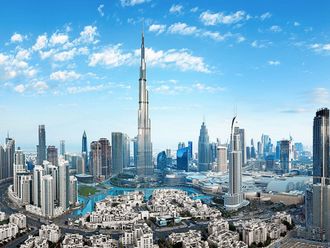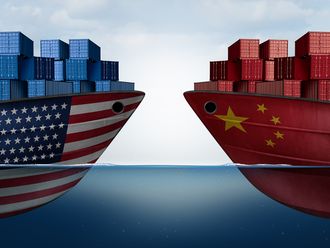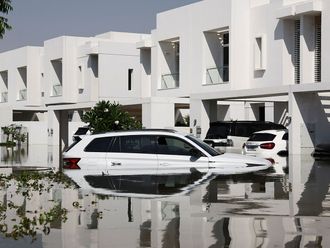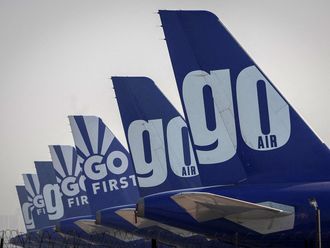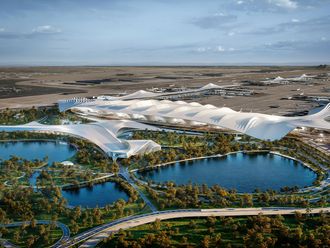With a 25 per cent rise in spending, Qatar's budget for fiscal year 2010-11 should help the country address the adverse effects of the global financial crisis.
The new fiscal year put government spending at $32.4 billion (Dh118 billion) compared to $26 billion in the fiscal year 2009-10. Undoubtedly, this is a sizable growth in a single year, and should be welcomed.
Still, the budget assumes a surplus of $2.7 billion as opposed to a projected deficit of $1.6 billion in the earlier fiscal year, again an extraordinary development. The projected deficit in 2009-10 was the first of its kind since 2001.
What is more, the budget assumes projected revenues of $35.1 billion, showing growth of 44 per cent. The development primarily reflects assuming the average oil price of $55 per barrel as opposed to $40 per barrel in the fiscal year 2009-10. Accordingly, by assuming $55 per barrel, Qatar returns to the average used in preparing the budget for fiscal year 2008-09.
Hydrocarbons
Certainly, assuming an average $55 per barrel rather than $40 per barrel better is a more realistic one. Still, even $55 per barrel is conservative when compared to the going rates in the market with oil prices exceeding $70 per barrel in most of the first quarter of 2010.
Another reason behind the sharp rise in revenues relates to progress made by the hydrocarbons sector, notably gas. In fact, Qatar continues to consolidate its position as the undisputed leading exporter of liquefied natural gas (LNG). The latest available statistics put output at 54 million tonnes, up from 38 million tonnes a year only three years ago. The authorities aim to reach the goal of producing 77 million tonnes a year of LNG by 2012.
For good reason, the authorities appropriated nearly $12 billion or 37 per cent of total spending on development projects. Among others, the allocations cover infrastructure projects including the New Doha International Airport and expansion of electricity and water capacities. The spending plan provided business opportunities for private sector firms, a good number of which depend on government expenditure.
Also, firm public sector spending serves as an incentive for private sector investors to follow suit on the notion of economic revival prospects.
On another positive note, the authorities have allocated 7.2 per cent and 6.3 per cent of expenses to health and education. In turn, this kind of investment should strengthen Qatar's position on the Human Development Index (HDI), which relies on three variables, namely life expectancy at birth, education and income on a Purchasing Power Parity basis (PPP). Qatar clinched number 33 in the 2009 Human Development Report, in turn the best result of any GCC state. The United Nations Development Programme (UNDP) issues the annual report.
The report put Qatar's gross domestic product (GDP) per capita income on a PPP basis at $74,882 per annum, ranked the third best result in the world after Liechtenstein and Luxembourg. Stronger budgetary spending stands to reflect positively on per capita income eventually.
Inflationary pressures
Firm spending should help Qatar continue the practice of registering outstanding economic rates on a global scale. Recently, officials projected 16 per cent real GDP growth in 2010, up from 11 per cent in 2009. Certainly, stronger spending serves the purpose of strengthening economic growth, acknowledging that public spending constitutes nearly one third of Qatar's GDP.
Yet, stronger spending allocation carries with it the threat of return of inflationary pressures. According to the IMF, Qatar's inflation rate reached 15 per cent in 2008, in turn the worst in the GCC.
The writer is a Member of Parliament in Bahrain


